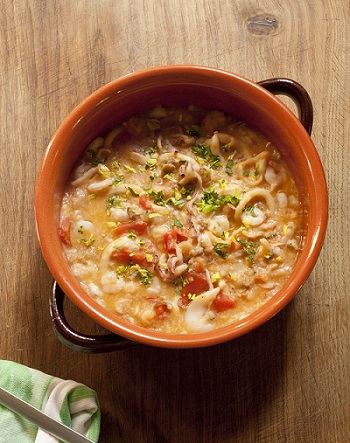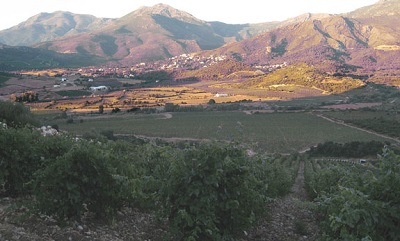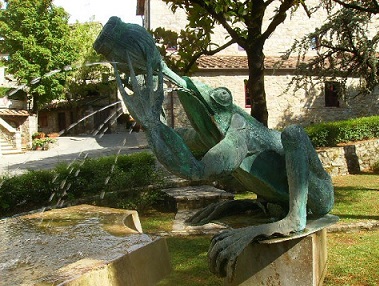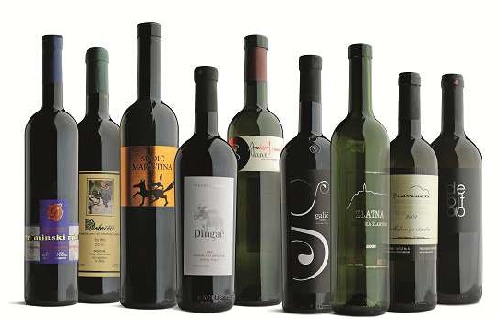The “first lemon” which came to the Mediterranean from the distant Far East in ancient times, soon spread throughout Italy and the Provence. Brought to Corsica by sailors in the Middle Ages, where a mutant variety with sweet flesh, known as cédrat de Corse, thrived. However, it cannot be eaten fresh. It is a yellow, thick-skinned (only one-third of it is juicy flesh) that resembles a lemon, but is less acid. It grows on a bush-like, prickly tree that reaches a height of 10-13 feet (3-4 metres) on Corsica and is quite demanding. It does not like wind or great variations in temperature, and will not tolerate frost. It does, however, like well-fed soil. Under these conditions, an adult tree will produce up to 220 lbs (100 kgs) of fruit, up to 10 inches (25cms) long, and weighing up to 9 lbs (4kgs).
The fact that the citron has become as popular and well-known as it is, is due in part to its intense, fascinating fragrance, which is similar to cedar, and in part to the Jews. The Jewish religion considers the citron to be the banned fruit that imparts knowledge, the very one that Adam & Eve were unable to resist in the Garden of Eden. So during the time that Corsica was occupied by the Genoese (1300-1768), Italian Jews ordered vast quantities of citron, which were shipped in barrels of sea water, and which they ate as candied fruit, especially at the Feast of Tabernacles.
The French continued to export the fruit, fresh or candied, and which was also turned into a liqueur, when the island was under their rule. The cultivation of the citron tree peaked in the second half of the 19th century. At that time, the fruit was considered to be the symbol of the island. Once other fruits and early vegetables promised quicker, and especially easier, profits, the popularity of the citron rapidly declined, but since 1970 interest has again been on the increase.
Candied citrons are comparatively expensive as they are rare, and quite difficult to produce. First, the fruit, either whole, halved or cut into pieces, is placed in a barrel containing salt water. It is left there to ferment, as this helps to reduce its bitterness. Depending on the size of the pieces, this stage takes from a few days to several weeks. Thoroughly rinsed the fruit is then boiled several times in hot sugar syrup. Small pieces of the fragrant citron are ideal for flavouring many different types of cake. The fruit can also be sued for jellies, or used to make an extract that is used as the based for citron liqueur such as Cedratine, which is a fine digestive liqueur based on an old Corsican recipe.











